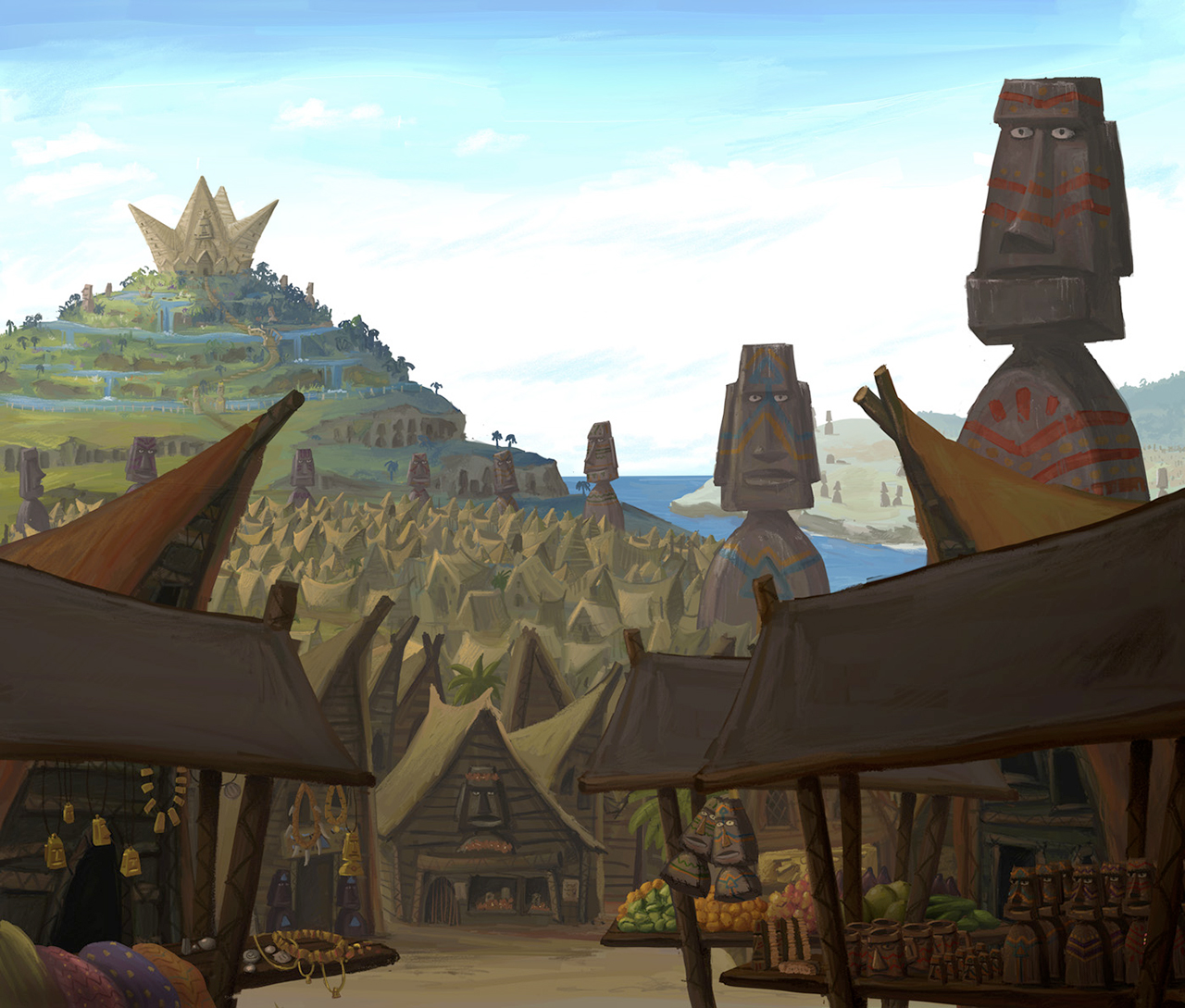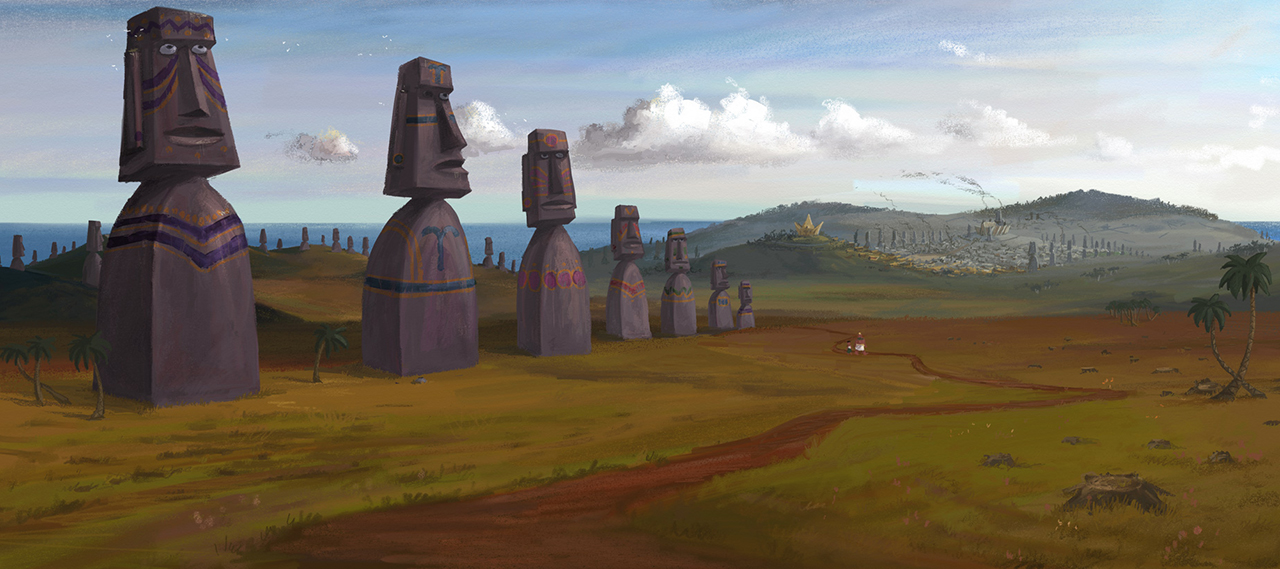
The Easter Island, filled with mystery due to its remote location and the ever present Moai's throughout the island, is a magic place. The island and the inhabitants are also called Rapa Nui. Officially, the island belongs to Chile, but the people feel more independent and don't belong to any country except their own. Ahu Tongariki (Ahu = stone platform) is the place with the most Moai's, fifteen in total, and this includes the heaviest of all which weighs 86 tons. Most of the 887 Moai's (except the ones at Ahu Akivi) have their faces looking inland, and symbolize the deceased ancestors looking after the inhabitants. Although during civil wars or natural disasters like the 1960 tsunami, the Moai's got toppled. Luckily in 1990 there was a vast project to put back the Moai's where they belong. Ahu Tongariki was the most important capital of the eastern side of the island. Closely located is Rano Raraku, a volcanic crater where compressed volcanic ash or tuff can be found. All but 53 Moai's are made out of this material.

This Moai named Huri Ote Hari is located at the entrance of the site Ahu Tongariki, on Easter Island or Rapa Nui in Chile. It has been on a voyage to Belgium in 1935, went to Japan in 1990 for restauration and came back to its original site in 1992. Every Moai is made after an important member of the clan, usually a clan chief, having a lot of knowledge and strength called "mana". The person would be burried underneath his Moai representation, giving it the "mana". Almost all Moai's are placed with their faces toward the village, symbolizing the ancients looking after the descendants and giving them the strength of the deceased. The construction of Moai's began in the 9th century and ended in the 17th century when the Moai adoration was replaced by the deity Make Make, the god of fertility. A few of the more than 250 unfinished moai (sculpted between the 10th and 16th centuries) at Raro Raraku, the volcano from which they were cut.
Ahu Tongariki is the largest ahu on Easter Island. Its moai were toppled during the island's civil wars and in the twentieth century the ahu was swept inland by a tsunami. It has since been restored and has fifteen moai including an 86 tonne moai that was the heaviest ever erected on the island. Ahu Tongariki is one kilometer from Rano Raraku and Poike in the Hotu-iti area of Rapa Nui National Park. All the moai here face sunset during Summer Solstice.
Tongariki is one of the few ahu (plattform for cermony holding the Moais) which was rehabilited for the toursist after 4 years of archeological work ('92-'95). The lightest Moai is about 46 tonnes and the heaviest about 80 T.
The history of the Island inhabitants is quite complex. They were polynesians and arrived around the 12 century. One or two century later they started to build the first ahus. Then little by little they dismounted these ahus and build new ones... Up to 3 generations on one spot. The latest one were build around the 16th century. The mystery of the island comes mainly from the fact that almost all its original inhabitants were taken into slavery and died in some mines in Peru. Therefore the memory of the ancient has been lost.
Easter Island is the remotest inhabited Island in the world. It's in the middle of the Pacific ocean, 4000 km away from the coast of Chile and 2500 km away from the closest inhabited Island (Pitcairn)